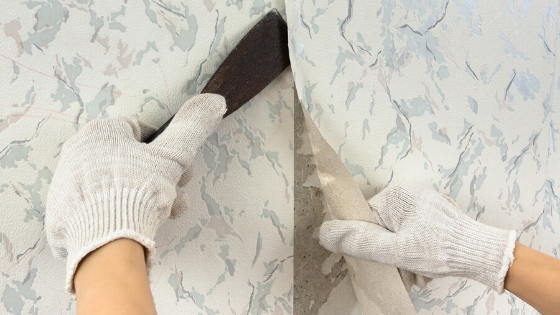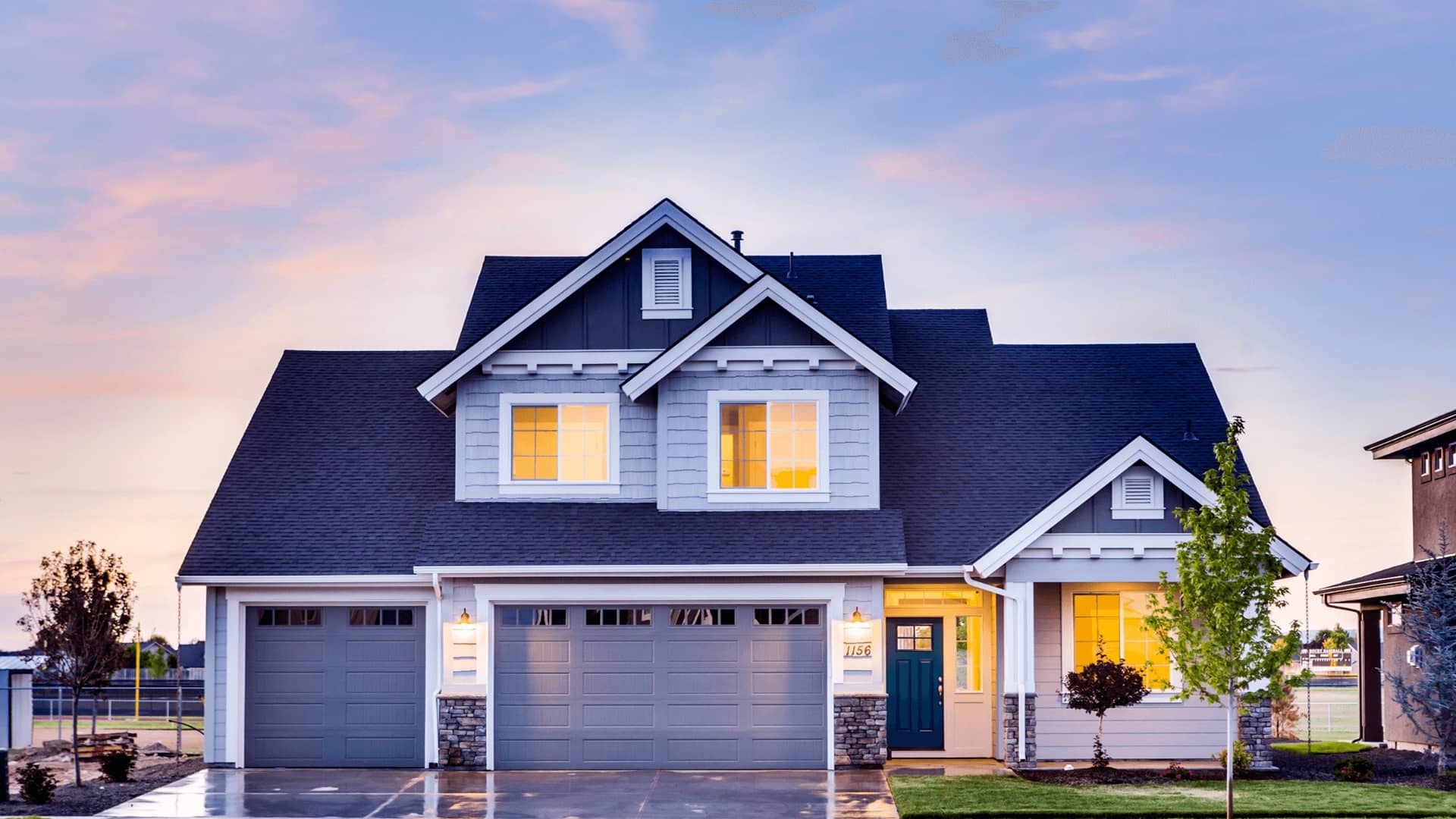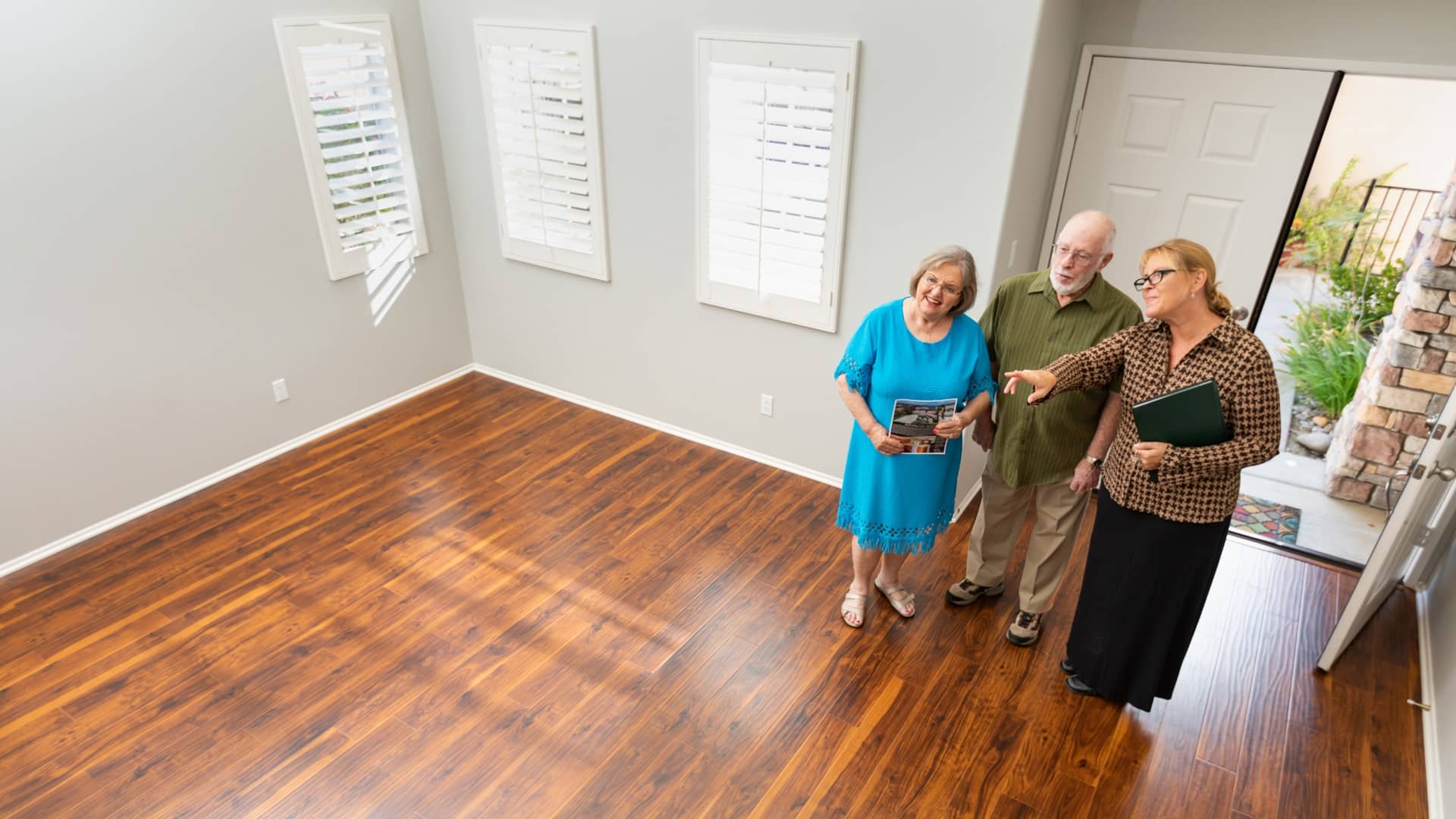We frequently receive questions surrounding wallpaper removal and best practices. Once of our top questions is how the wallpaper removal process works and how it can be accomplished.
How does wallpaper removal work?
First, its important to assess what you’re going to be working with. Houses built after the 1950s are generally drywall, whereas older homes are more traditionally plaster walls. Drywall takes a little more care to avoid damaging the walls as you remove the paper.
For more wallpaper removal situations, you’ll use a wallpaper stripping agent which is mixed with warm water to dissolve the adhesive on the wallpaper. Since this involves getting the walls wet, be sure to protect your baseboards and floors with towels and plastic, and cover any electrical outlets.
Start by peeling off as much of the wallpaper as you can by hand. Generally starting in corners or at seams in the wallpaper is the easiest place to start. Peel off as much as possible with your hands. Keep in mind that wallpaper generally has a facing and a backing. The facing is the layer you’re going to be able to peel off by hand, without the need for a stripping agent.
Next, to get the backing off, you’ll need to score it. Working in sections, use a wallpaper scoring tool to make several slits in the wallpaper backing – this will allow your stripping agent to penetrate and soften the adhesive on the backing. Use a spray bottle of a sponge to apply your stripping agent to your wall section and give it a few minutes to sink in.
Once the stripping agent has had time to works its magic, start pulling off the backing. Be sure to go slow and steady to remove the largest possible pieces at a time. For stubborn spots, use a little bit more stripping agent and a scraper to carefully scrape up the adhesive.
Once you’ve finished stripping your wallpaper, give your walls a good wipe to remove any excess stripper that may have been left behind. It’s important to give your walls plenty of time to fully dry before re-covering them with new wallpaper or paint. If you’re using paint, be sure to use a high quality primer.
Be careful when removing wallpaper as it is easy to damage walls. Sometimes wallpaper is glued down improperly during installation and it can cause damage to walls. If you notice you’re pulling off more than just the wallpaper during removal, its best to stop and call in a professional as soon as possible to assess the situation and determine your best option for removal.
When it comes to removing wallpaper, it can look like a fairly simple weekend DIY project, but it never hurts to bring in a pro to tackle the job. Having a professional assess the project and give you an estimate may help you decide whether or not it’s worth it to do it on your own. Wallpaper removal is generally quite affordable to have a professional handle it, and you’ll definitely be pleased with the results.





